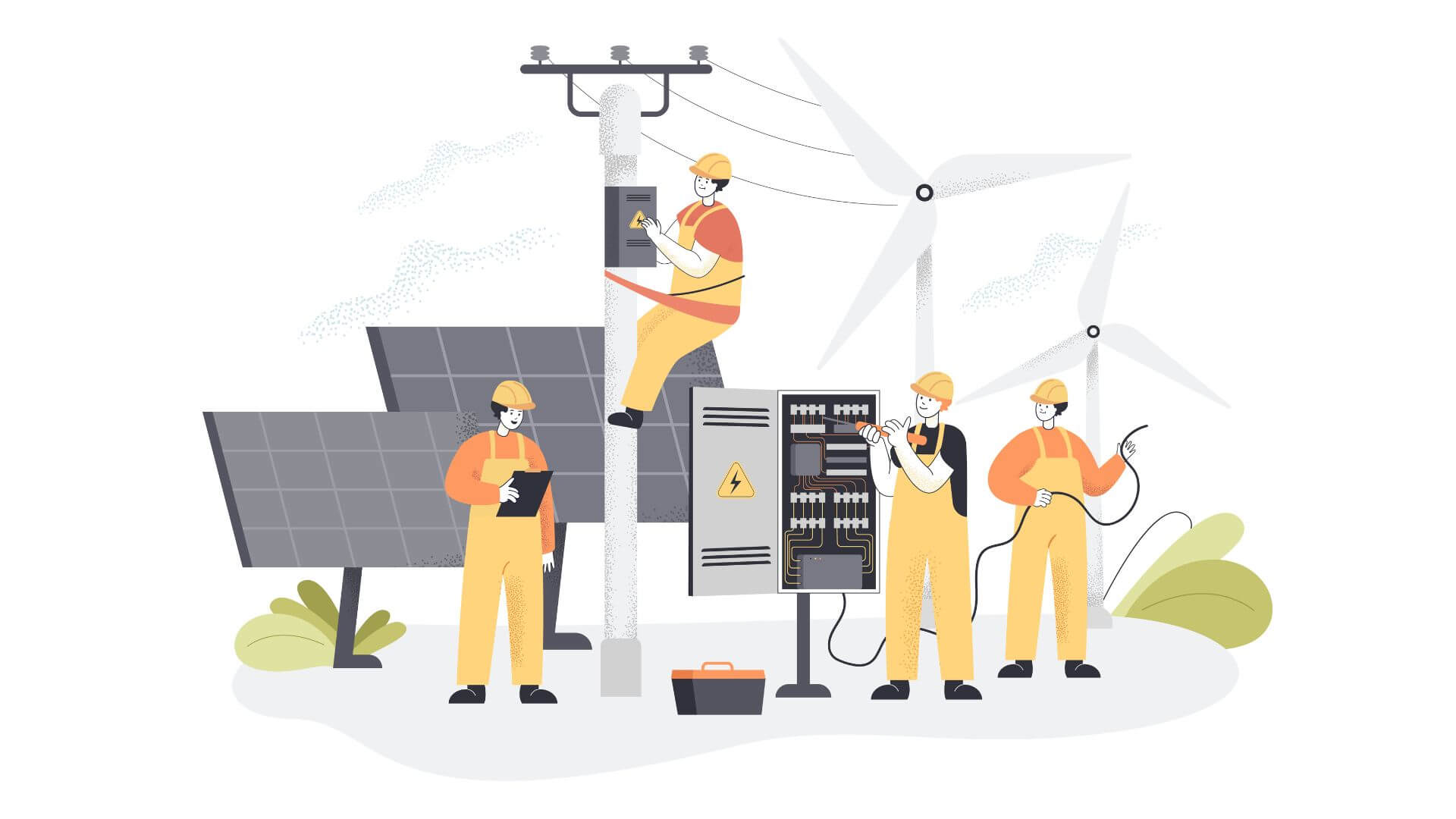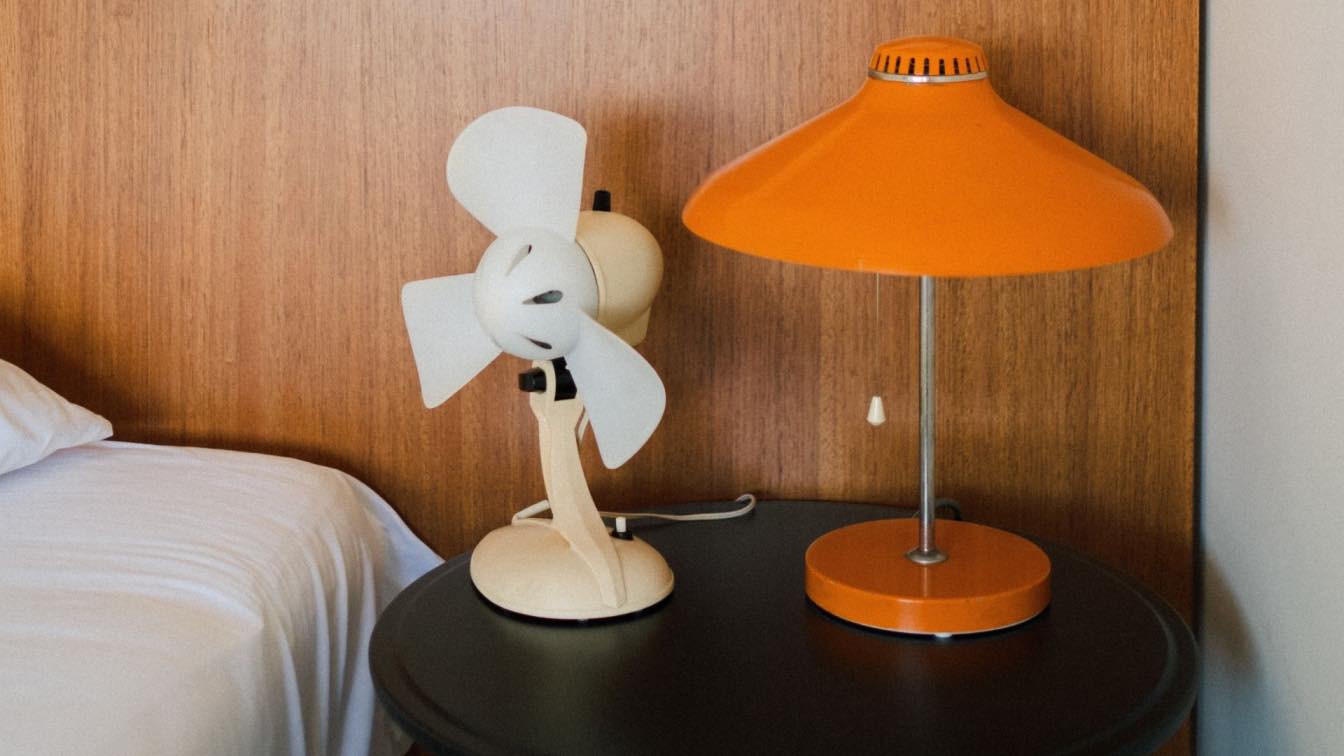Berlin is a city that wears its tumultuous history. Amidst the remnants of the Berlin Wall and the echoes of a divided past, a new form of artistic expression has emerged, transforming the city's walls and streets into sprawling canvases. Graffiti and urban art have become integral to Berlin's identity, representing its resilience, creativity, and the voice of its diverse communities.
For art enthusiasts and cultural explorers alike, embarking on a graffiti and urban art tour in Berlin offers an exhilarating journey into the heart of this fascinating subculture. FreeTour provides an immersive experience that unravels the layers of Berlin's urban landscape, showcasing the works of renowned artists, the stories behind the art, and the evolving social and political contexts that have shaped this dynamic art form.
As you traverse the city's neighborhoods, you'll encounter an explosion of color, imagination, and provocative messages splashed across buildings, bridges, and hidden corners. Berlin's streets have become open-air galleries, offering an unconventional platform for established artists and emerging talents to showcase their creativity and challenge societal norms.
From the iconic graffiti-filled streets of Kreuzberg to the alternative art scenes of Friedrichshain and the ever-evolving masterpieces of the East Side Gallery, where remnants of the Berlin Wall have been transformed into poignant murals, each district has its own distinct flavor and artistic narrative waiting to be discovered.
Graffiti and urban art tours in Berlin offer an opportunity to appreciate the nature of this art form. As new works replace old ones, the city's streetscape becomes an ever-evolving tapestry, constantly reflecting the pulse of contemporary society. Whether you are an art lover or simply curious about the creative underbelly of Berlin, these tours provide an unfiltered glimpse into the city's artistic soul.
So, grab your walking shoes, open your mind, and embark on an unforgettable journey through the Berlin urban art wonderland. Let the streets be your guide as you immerse yourself in the captivating world of graffiti, murals, and thought-provoking expressions that breathe life into the city's concrete canvas.
Why Are Graffity So Popular In Berlin?
Graffiti has gained immense popularity in Berlin for several reasons, making it a prominent and celebrated aspect of the city's cultural landscape. Berlin's past, particularly its division during the Cold War, has left a lasting imprint on its identity. Graffiti emerged as a form of protest and expression against the oppressive regime of East Germany and the Berlin Wall. This historical context has fostered a sense of freedom and rebellion associated with graffiti, making it a symbol of resistance and a means to reclaim public spaces.
Moreover, Berlin has long been regarded as a global creative hub, attracting artists, musicians, and innovators. This vibrant and diverse cultural scene has nurtured an environment conducive to artistic expression, including graffiti. The city's open-mindedness, alternative subcultures, and affordable living conditions have provided a fertile ground for artists to experiment and push boundaries.
East Side Gallery And Cold War Tour
The East Side Gallery and Cold War Tour is a fascinating journey through history that takes visitors on a captivating exploration of Berlin's past. This tour combines two significant aspects of Berlin's history: the Berlin Wall and the Cold War. The East Side Gallery, in particular, stands as a powerful symbol of the city's division and subsequent reunification.
The East Side Gallery is a section of the Berlin Wall transformed into an open-air gallery featuring over 100 murals created by artists worldwide. It stretches for approximately 1.3 kilometers along the Mühlenstrasse in Friedrichshain-Kreuzberg, making it the longest open-air art gallery in the world. The gallery was established shortly after the fall of the Berlin Wall when artists seized the opportunity to use the wall as a canvas for expressing their hopes, dreams, and visions for a united future.
Each mural at the East Side Gallery tells a unique story, often reflecting the political and social climate of the time. Some iconic works include Dmitri Vrubel's "My God, Help Me to Survive This Deadly Love," depicting the famous fraternal kiss between Leonid Brezhnev and Erich Honecker, and Birgit Kinder's "Trabant Breaking through the Wall." Visitors can spend hours walking along the wall, admiring the art and contemplating the historical significance of this memorial.
Kreuzberg Street-Art & Graffiti Tour
The Kreuzberg Street-Art & Graffiti Tour is an exciting exploration of one of Berlin's most creative and culturally diverse neighborhoods. Kreuzberg, located in the Friedrichshain-Kreuzberg district, is renowned for its vibrant street art scene, where walls, buildings, and public spaces serve as canvases for artists worldwide.
The tour takes visitors on a captivating journey through the streets of Kreuzberg, unveiling the stories and meanings behind the beautiful murals and graffiti that adorn the neighborhood. Led by knowledgeable guides passionate about urban art, the tour offers a unique opportunity to delve into this artistic movement's history, techniques, and social impact.
Kreuzberg's street art and graffiti scene is known for its diversity and political messages. From large-scale murals to small and intricate stencil works, the art found in the neighborhood reflects the various social, cultural, and political issues that shape the community. Themes such as immigration, gentrification, feminism, and anti-establishment sentiments are often explored through visually striking pieces.
Berlin's Alternative Side: The Urban Jungle Tour
The Urban Jungle Tour offers an exhilarating adventure through the city's lesser-known corners, where urban exploration meets nature and creativity. This tour takes visitors off the beaten path to discover Berlin's hidden gems, exploring its alternative scenes, vibrant street art, and unique green spaces.
The tour begins by venturing into neighborhoods such as Kreuzberg, Friedrichshain, and Neukölln, where Berlin's alternative culture thrives. These areas are renowned for their independent art galleries, underground clubs, quirky shops, and vibrant street life. Visitors can witness the city's alternative scene's emotional energy, unconventional fashion, diverse subcultures, and nonconformist spirit.
One notable stop on the Urban Jungle Tour is Tempelhofer Feld, a former airport-turned-public park. This vast open space invites visitors to cycle, skate, picnic, or simply relax in Berlin's urban landscape. The tour also explores other hidden green spaces like Prinzessinnengärten, an urban garden located on a former wasteland, and the hidden courtyards and gardens that dot the city's residential areas.





